The Geneva Agreement of 1954 marked a great victory for our people and a heavy defeat for the French colonialists, forcing them to recognize the independence, sovereignty, unity and territorial integrity of Vietnam. However, the US imperialists intervened in Vietnam, plotting to turn our country into a new type of colony and a US military base in Southeast Asia. In June 1954, the US imperialists brought Ngo Dinh Diem back to establish a pro-US puppet government in the South, from which they directly funded, equipped, trained and controlled the Ngo Dinh Diem puppet government. The US imperialists became the main and direct enemy of the Vietnamese people.
From the practical situation of the revolution in the South, on January 13, 1959, the 15th Conference of the Party Central Committee issued a resolution on the revolutionary path in the South. The resolution stated clearly that “The path of development of the Vietnamese revolution in the South is the path of violence, using the violent power of the masses, relying mainly on the strength of the masses, combined with the armed forces to overthrow the domination of the US imperialists and their lackeys, and establish a revolutionary government of the people. Under certain conditions, the uprising of the people in the South can also turn into an armed struggle”. Resolution 15 responded to the burning aspirations of the people in the South, paving the way for the revolution in the South to advance. Implementing Resolution 15, women in the South rose up like a dam bursting, breaking the yoke of the enemy, and gaining mastery in the villages and communes. With new spirit and determination, women throughout the South enthusiastically participated and encouraged their husbands and children to leave their families and join the armed forces.
Implementing the Party's policy, female cadres, except for a number of women who had gathered to participate in the construction of the North, the rest returned to the base, propagated and disseminated the content and meaning of the Geneva Agreement, led women in the struggle for people's livelihood, democracy, and for general elections and national reunification. Women not only encouraged their husbands and children to join the army to build armed forces but also participated in the militia and self-defense forces in the guerrilla team, enthusiastically practiced military training, and used primitive weapons to fight the enemy. Many female guerrilla teams fought independently, destroying the enemy in many rich and effective ways. Typical of the intelligent, calm, and brave fighting style of women during this period were Ut Tich, Ta Thi Kieu, To Thi Huynh, etc.
The female guerilla forces in the South fought well, knew how to mobilize the masses, combined “two legs, three prongs”, stuck to the land, defended the village, and broke the enemy’s plots; produced, fought, and served in combat. The women were honest, gentle, loved their husbands and children, and reluctantly had to take up arms to fight, but when fighting, they were very clever, creative, and brave. In the face of a ferocious enemy equipped with all kinds of sophisticated, modern, and destructive weapons, Vietnamese women fought in their own unique way.
The spirit of fighting the Americans, destroying the Americans and making achievements spread quickly everywhere. With courage, creativity, solidarity, and a spirit of readiness to help each other in combat, Southern women in many localities raised a movement to destroy the Americans and make achievements. Hundreds of brave women appeared in the movement "Find the Americans and fight, find the puppets and destroy". The women combined reason and force to fight the enemy's brutal terrorism, firmly held their ground, determined "not to move an inch, not to leave a millimeter". The girls of Cu Chi like Bay Gung and Tu Mo became the first "brave American killers", with only a B40 gun, they shot down a HU1A and 24 American soldiers.
When the US troops poured into the South, the war became fierce, the guerrilla movement grew more and more, many concentrated guerrilla units of women appeared such as the Cu Chi Women's Guerrilla Platoon, the Binh Duc Belt Women's Guerrilla Team (My Tho)... and many female artillery teams such as the Long An Women's Artillery Team, the Ben Cat Women's Artillery Team (Binh Duong)... Many young women enthusiastically joined the guerrilla forces, local troops and left their families to join the resistance. The "people's war" situation was clearly shown in the "American-killing belts" where the regular combat force was women. This was the unique feature and also a new creation of the Vietnamese people's war during this period.
In particular, during the 1968 Mau Than Spring General Offensive and Uprising, more than 2 million women in the South rose up in armed uprising, promoting their strong three-pronged fighting style. There were hundreds of female units of various types of troops: infantry, artillery, engineers, special forces, and commandos. Many armed teams matured quickly in combat. Many newly established teams immediately joined the fight, and women had many diverse and flexible forms of activities such as: right after the fight, they legally disguised themselves to go to the scene to investigate the results or joined the people in political struggles to promote victory or to educate soldiers.
Long An Women's Artillery Team
On the armed struggle front, liaison work is dangerous work. Despite having to face hundreds of dangers and cruel tortures from the enemy, women are still brave and courageous. Female liaison soldiers operate within the enemy's encirclement, overcoming hardships with their intelligence, cleverness and courage. They are tasked with liaison and connecting secret cadres from bases outside the city to the inner city and vice versa; receiving secret orders from the commander to each working unit. Besides the female liaison cadres who escaped, there are also many grassroots party members, loyal masses of the revolution, ready to do anything when the Party needs. That is a powerful revolutionary force, acting as effective liaisons for the Party, very clever, brave, and resourceful in deceiving the enemy, breaking out of the encirclement, transporting cadres, transferring documents...
Speaking of the achievements of Southern women on the armed front, we cannot help but mention the female youth volunteers and frontline laborers - those who have silently contributed their efforts on all the battlefields. They have overcome many difficulties, both fighting and clearing the way and carrying the wounded and ammunition; adding fire to the attack on the front. Beside the bomb site, in the middle of the deep and vast forests and overcoming the muddy swamps, enduring countless hardships, deprivations, and illnesses, with guns on their shoulders and grenades on their belts, day and night they continuously traveled dozens of kilometers, through rivers, canals, through posts, through ambushes, fighting and clearing the way, bringing cadres and soldiers, ensuring ammunition and food for the front and transporting wounded soldiers to the rear.
Along with the concentrated youth volunteer force, localities also formed youth volunteer units on the front lines in the region and province, serving the main regiments in launching large-scale campaigns to attack the enemy. These were forces that directly served the battlefield, from the front line to the rear, mainly carrying ammunition, transferring the wounded, and promptly serving the liberation army in fighting the enemy. With youth volunteers, the soldiers felt more secure and at ease. When there was a shortage of ammunition, there were youth volunteers who went up to the trenches to support; when wounded in battle, there were youth volunteers who promptly bandaged and sent them to the rear... These heavy tasks were mostly undertaken by women. "No front line, no rear, wherever the Party needed, that was the front line." In the midst of poverty, hunger, cold, illness, hardships and challenges that seemed insurmountable, patriotism created a miraculous power that created people with “hundred-pound shoulders and thousands of miles of legs” who carried dozens of tons of ammunition, medicine, and food to the front lines, bringing tens of thousands of wounded soldiers to the rear. There were countless young female volunteers and frontline workers who dedicated their youth to the Fatherland.
In preparation for the general offensive and uprising in the spring of 1975, tens of thousands of women in the base areas and liberated areas voluntarily joined the civilian labor groups to break rocks, dig tunnels, build bridges, and open roads. Logistics work, especially weapons and ammunition, was urgently prepared. Transport units and bicycles were undertaken by female soldiers of the H50 group, working day and night. The spirit of service of the sisters of the H50 group is a typical image of the will to be self-reliant and endure hardships to complete the mission.
In addition, during this period, the self-defense force developed into a special force, a special, elite, resourceful, and brave unit, existing right in the heart of the enemy and fighting the enemy in its own way. Many young women with deep patriotism and hatred for the enemy volunteered to join the special forces, assigned to move weapons from the base into the inner city, build places to hide weapons, and directly attack the targets. Living in the enemy's lair, the female special forces soldiers were not only resourceful and courageous, but also had to build a network of bases, adhere to organizational secrecy, overcome pressure from family and public opinion, and even sacrifice personal happiness to complete the mission.
It was in the armed struggle - a front with countless hardships, sacrifices and achievements of women who contributed to the glorious victory of the Vietnamese people. The South was proud to have a female Deputy Commander-in-Chief of the armed forces to liberate South Vietnam, that was Hero of the People's Armed Forces Nguyen Thi Dinh - a woman associated with the land of Ben Tre, with the Dong Khoi movement and the legendary "Long-haired Army". And also from this front, hundreds of women in the South were honored as Heroes of the People's Armed Forces.
“Women holding guns” is a seemingly paradoxical symbol, but in the South, during the war of national liberation, this symbol became familiar and popular. However, it was not until the anti-American war that women fully revealed their capacity and qualities, including their ability to command combat. Never before had women held guns in such large numbers and fought and sacrificed heroically as during the anti-American war. Southern women knew how to skillfully and skillfully combine political struggle, armed forces and military work in the spirit of Resolution 15 of 1959, skillfully applying the guidelines and policies of the National Liberation Front of South Vietnam, flexibly using the strategy and tactics of people's war, attacking the enemy with two legs, three prongs in three strategic areas, upholding the spirit of determination to fight and win, achieving many glorious achievements, worthy of Uncle Ho's praise "Live heroically, die gloriously".
The 21 years of fighting against the Americans to save the country was a journey full of hardships and sacrifices, but also full of pride. American bombs and bullets were dropped on every inch of our homeland, burning every roof, every house, causing pain and loss to every family, but with the determination of "absolutely not losing the country, absolutely not being slaves", women in the South, along with all people from old to young, from rural to urban areas, from mountainous areas to plains, regardless of social class... joined together in the common fight, voluntarily doing anything they could for the revolution, from political to armed struggle, in the rear as well as the front line, from serving in combat to directly fighting,... It can be said that this was the period when women participated most fully, contributed the most and most comprehensively to the revolution.
Southern women did not hesitate to sacrifice and endure hardships, fighting bravely and steadfastly with the people. Many women were captured, imprisoned, and brutally tortured by the enemy, but remained loyal and maintained their revolutionary spirit. And from this armed struggle movement, a contingent of female cadres was formed, both large in number and with moral qualities and the capacity to undertake important tasks assigned by the Party and the country. The names and achievements of these women will forever be recorded in history so that future generations will always be proud of the heroic tradition of Vietnamese women. The war has ended, peace, national independence, and national unification have been achieved. Like all Vietnamese people, Southern women enthusiastically entered the new era. We believe that with their intelligence, courage, and self-reliance, they will be a solid foundation for our women to enter the current process of building and developing the country.
Pham Thi Dieu
Deputy Director of the Southern Women's Museum
Source: https://baotangphunu.com/dau-tranh-vu-trang-cua-phu-nu-mien-nam-trong-khang-chien-chong-my-cuu-nuoc/


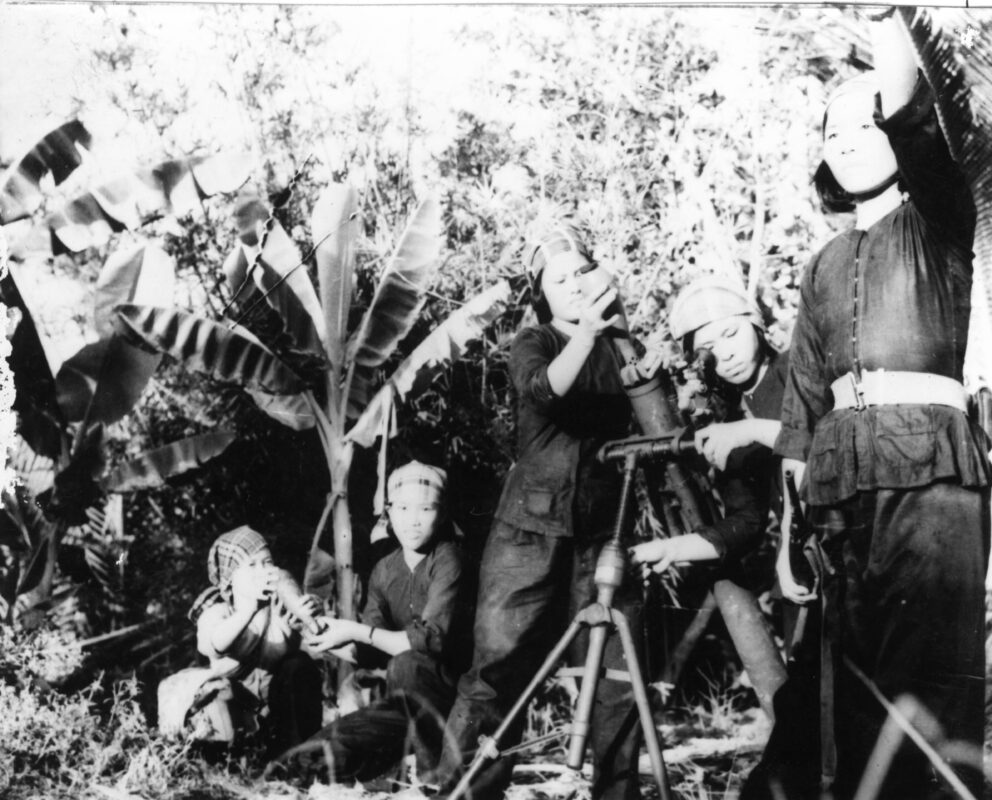
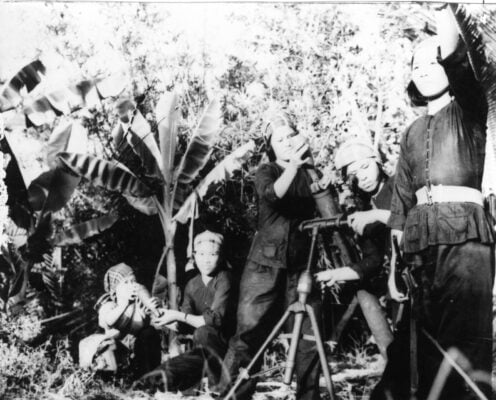
![[Photo] General Secretary To Lam received the delegation attending the international conference on Vietnam studies](https://vphoto.vietnam.vn/thumb/1200x675/vietnam/resource/IMAGE/2025/10/26/1761456527874_a1-bnd-5260-7947-jpg.webp)
![[Photo] Nhan Dan Newspaper displays and solicits comments on the Draft Documents of the 14th National Party Congress](https://vphoto.vietnam.vn/thumb/1200x675/vietnam/resource/IMAGE/2025/10/26/1761470328996_ndo_br_bao-long-171-8916-jpg.webp)


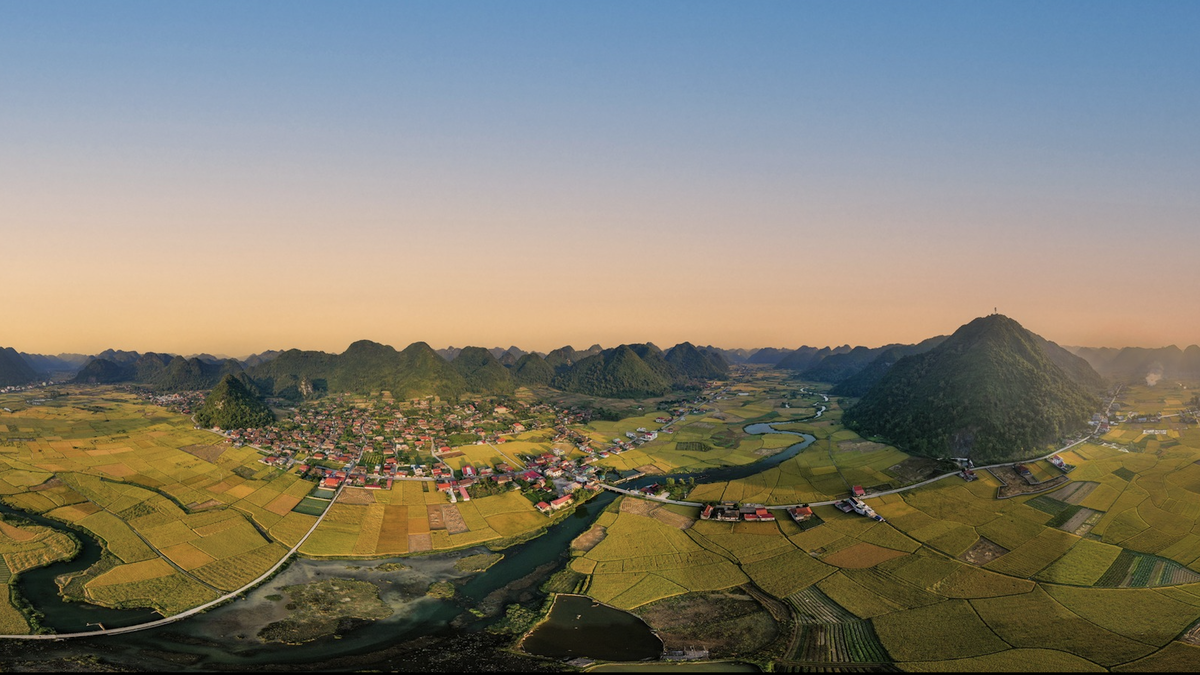
![[Photo] Enjoy the Liuyang Fireworks Festival in Hunan, China](https://vphoto.vietnam.vn/thumb/1200x675/vietnam/resource/IMAGE/2025/10/26/1761463428882_ndo_br_02-1-my-1-jpg.webp)
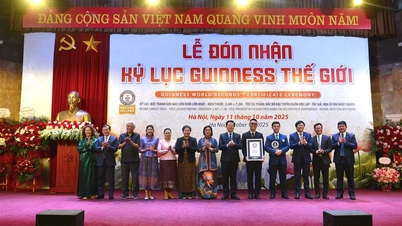
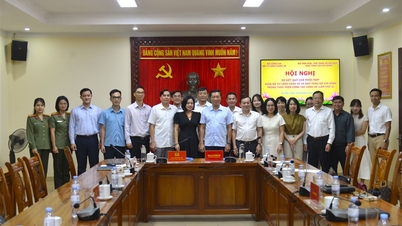
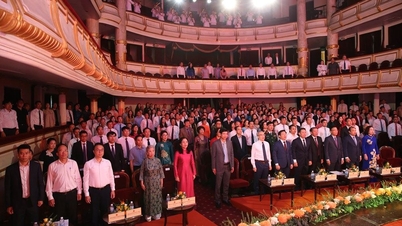





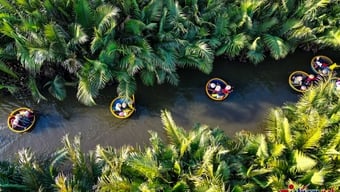
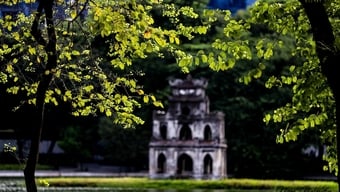
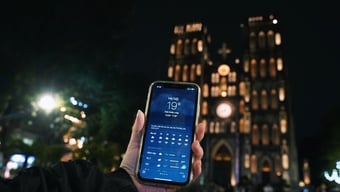
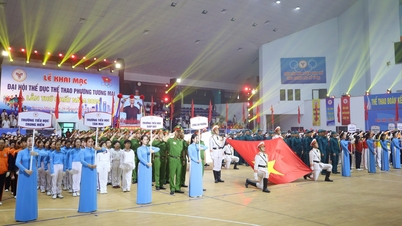
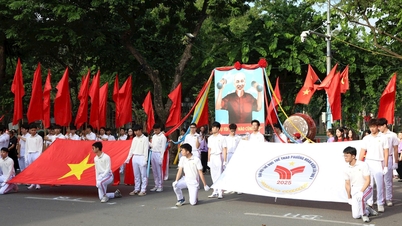

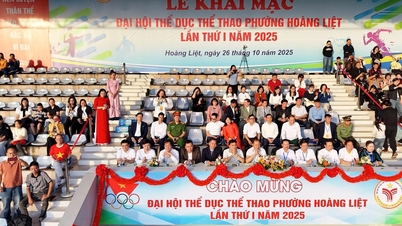

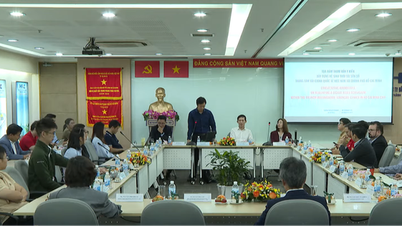
![[Photo] Prime Minister Pham Minh Chinh attends the opening of the 47th ASEAN Summit](https://vphoto.vietnam.vn/thumb/1200x675/vietnam/resource/IMAGE/2025/10/26/1761452925332_c2a-jpg.webp)
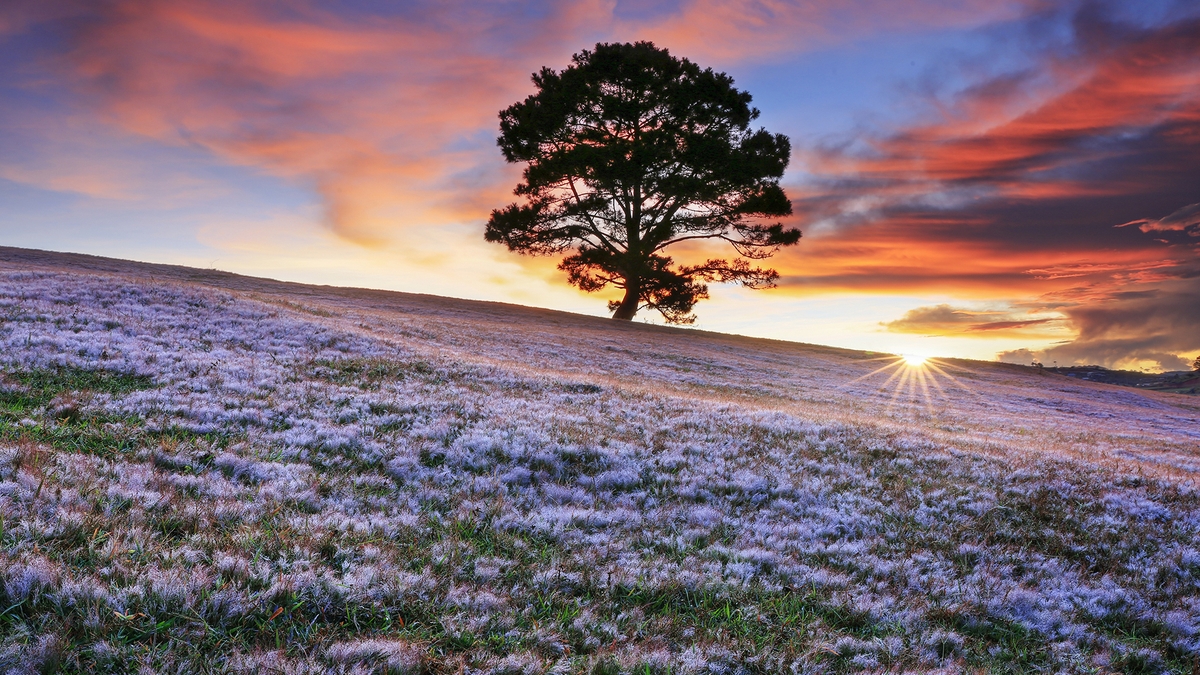
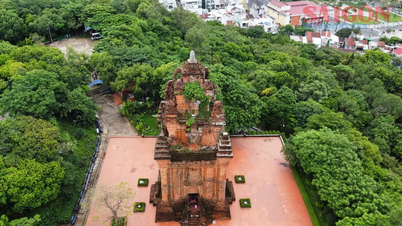



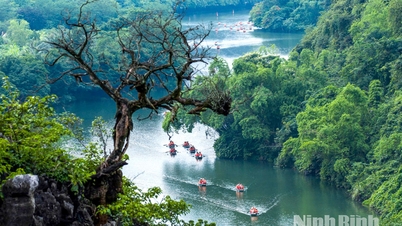

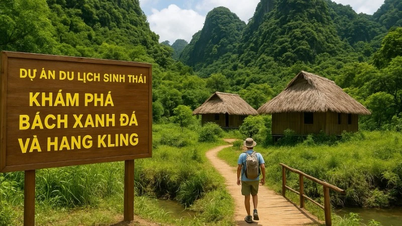

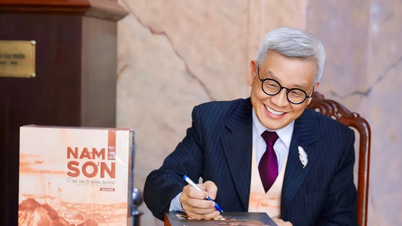


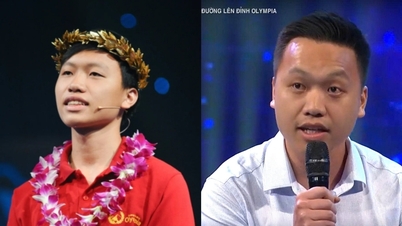

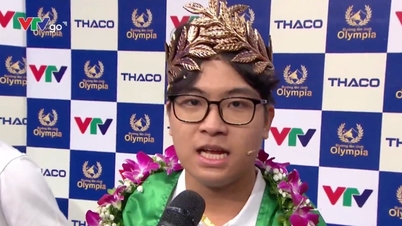

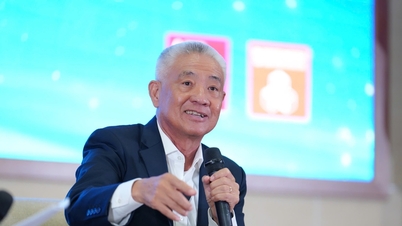
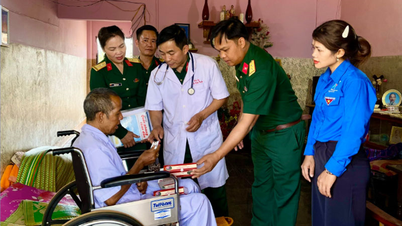

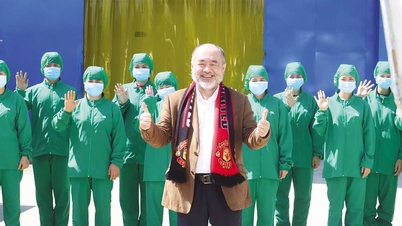

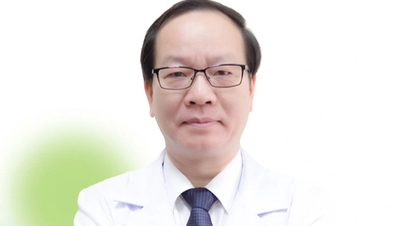

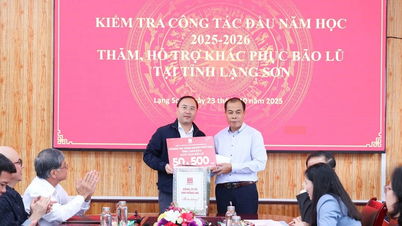
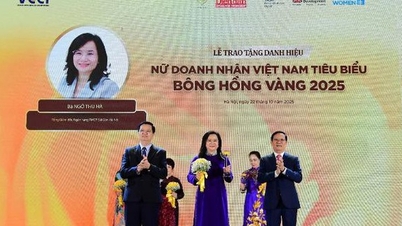



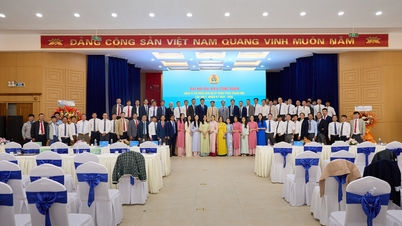
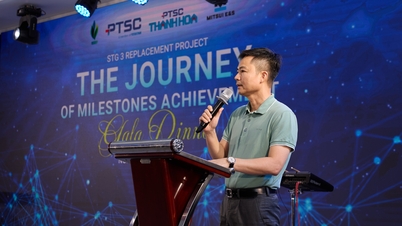

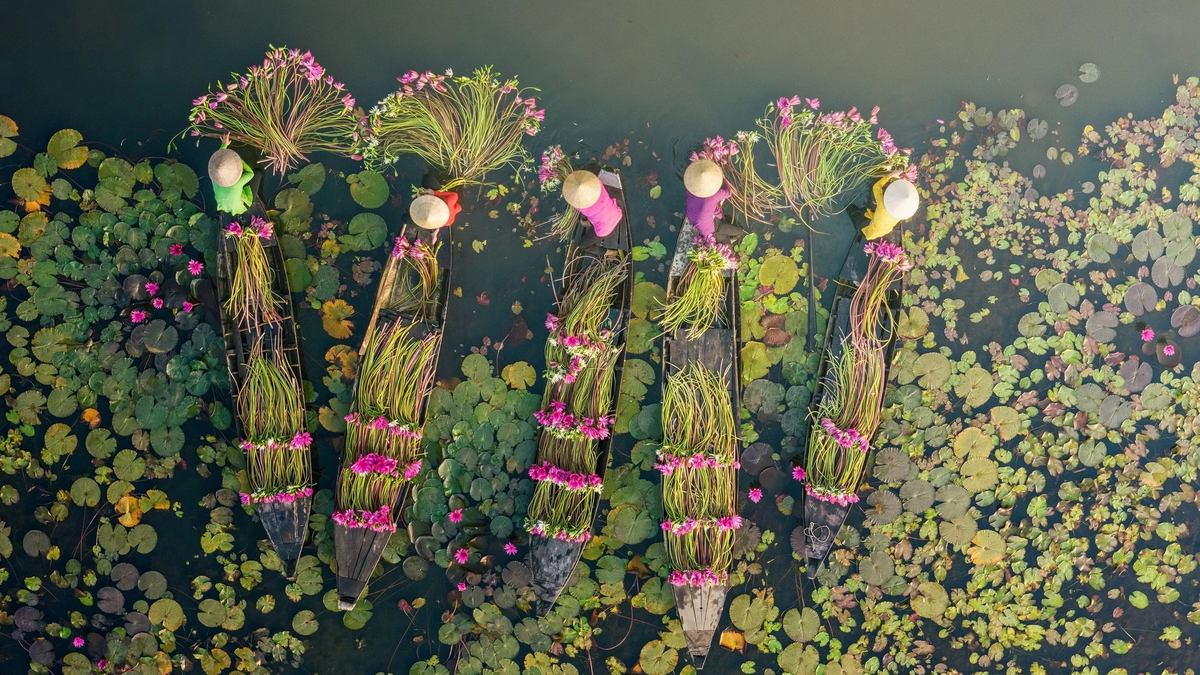
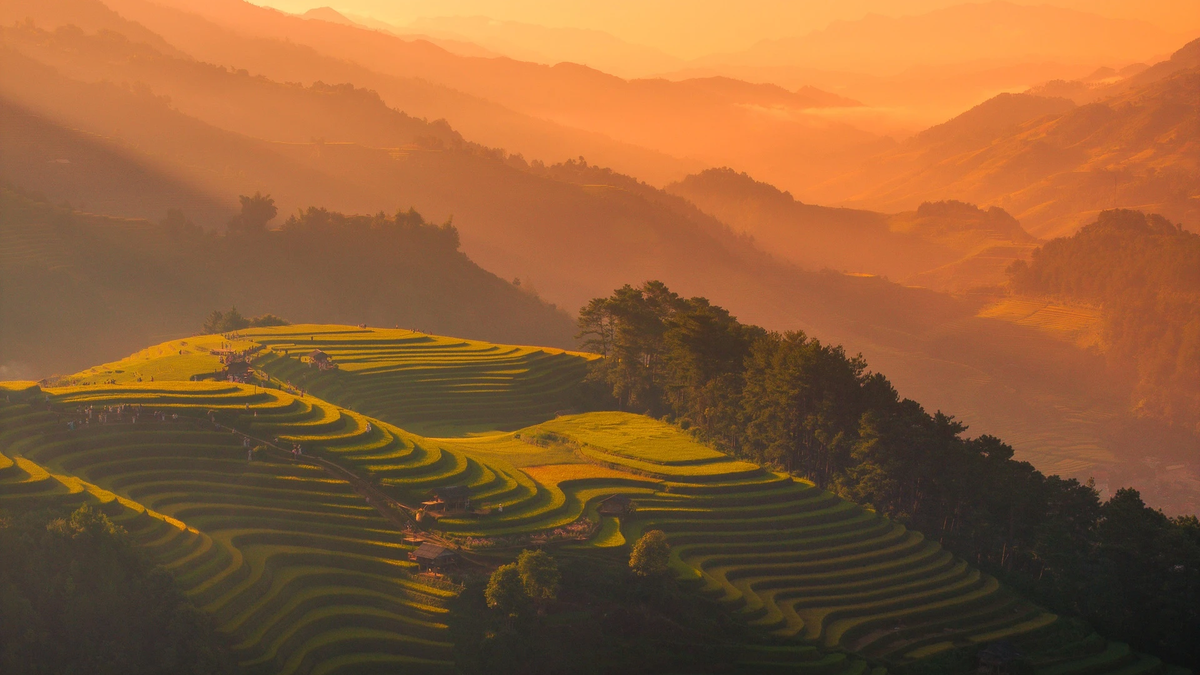
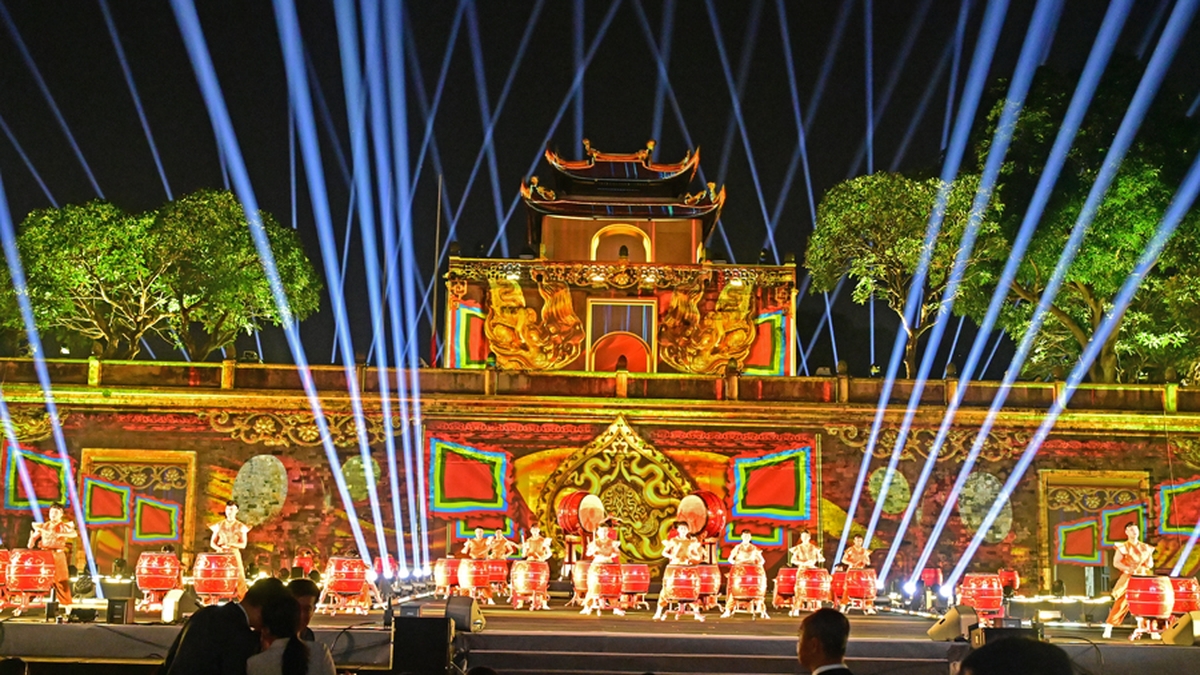
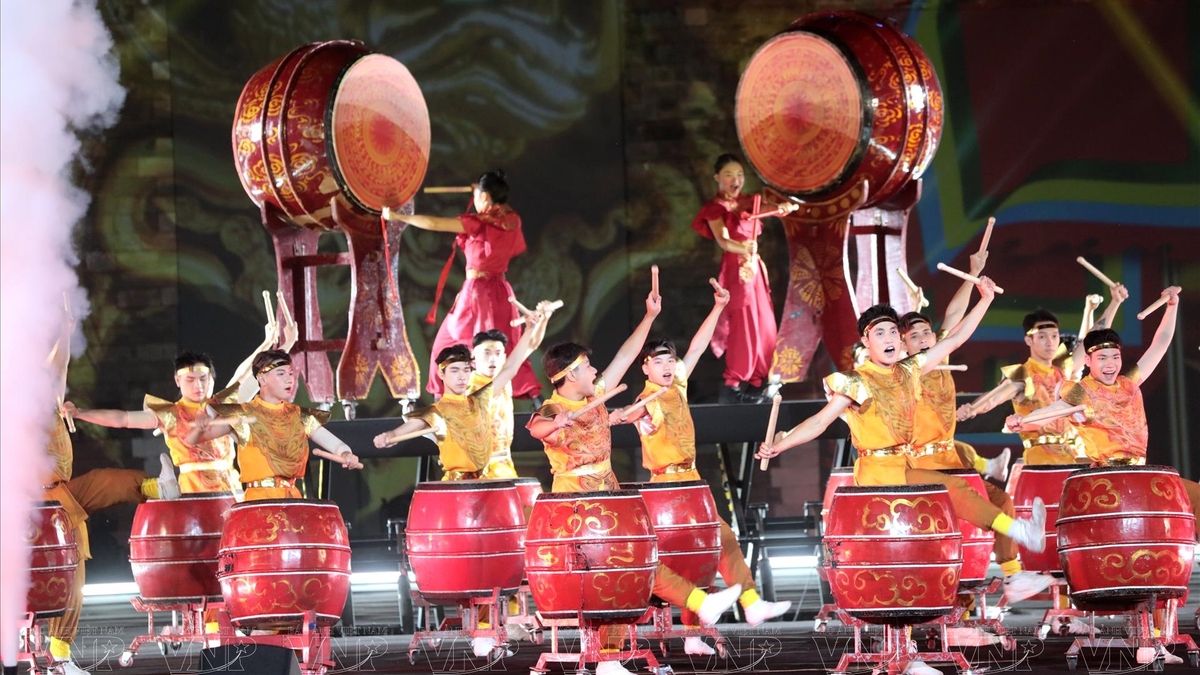
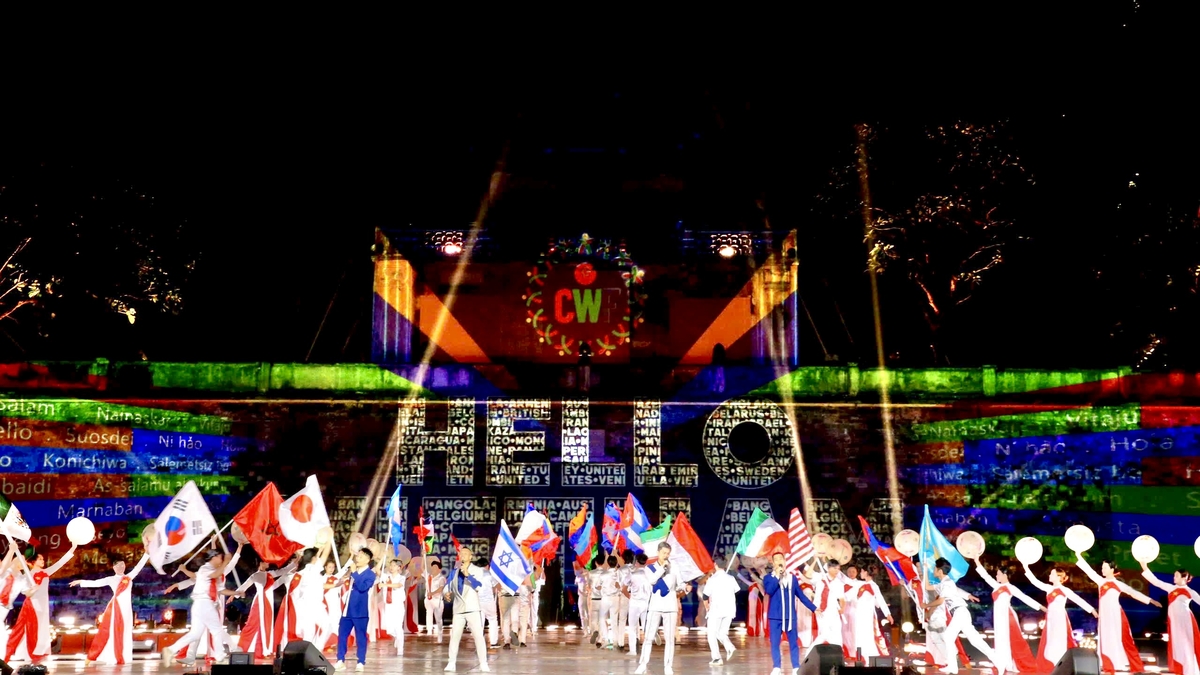











































Comment (0)